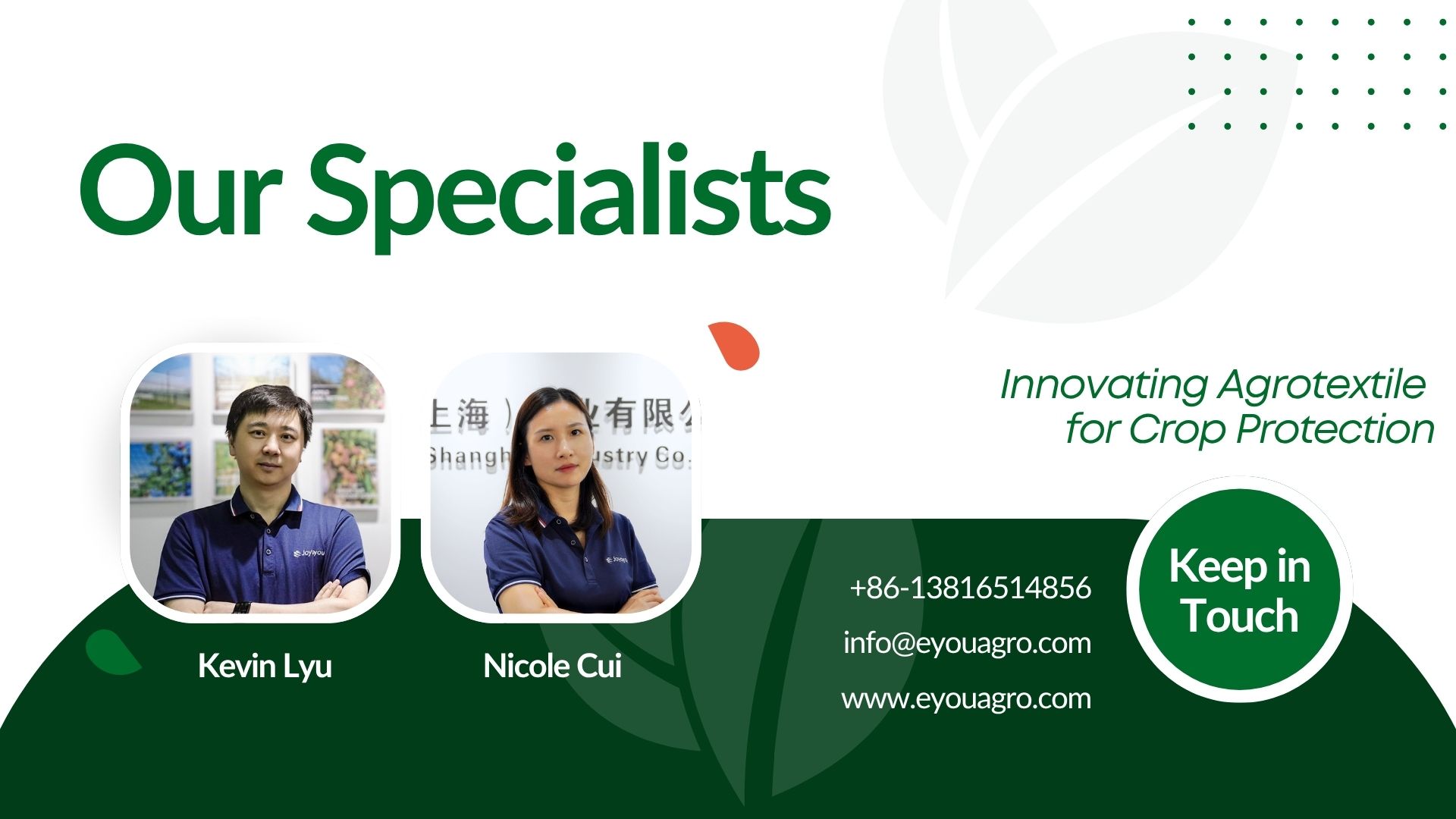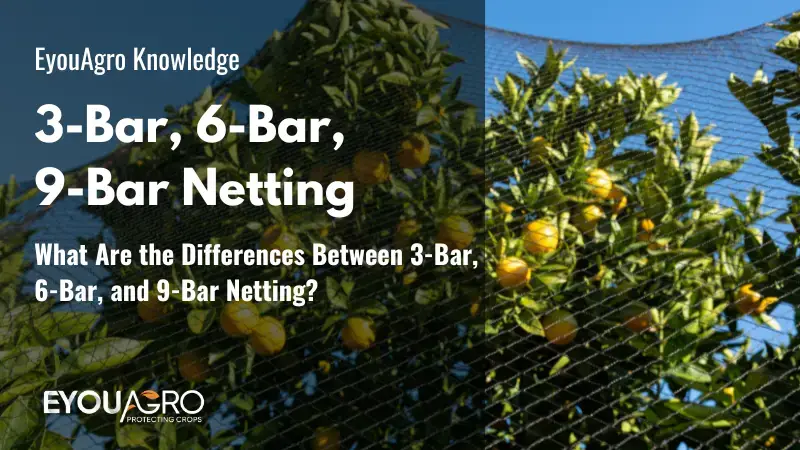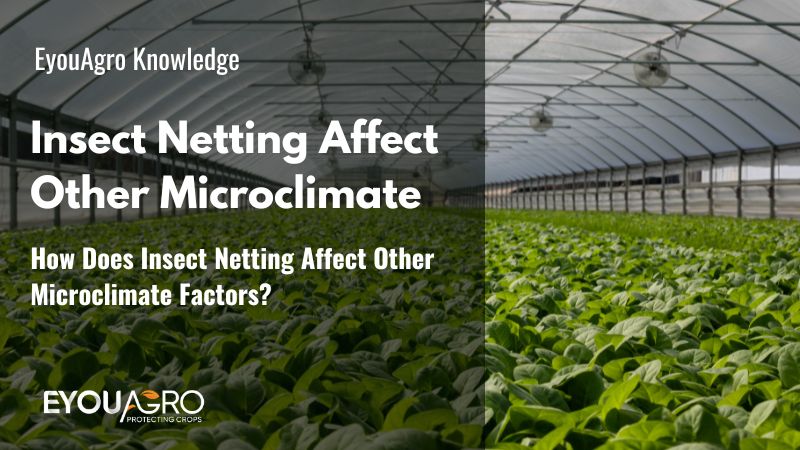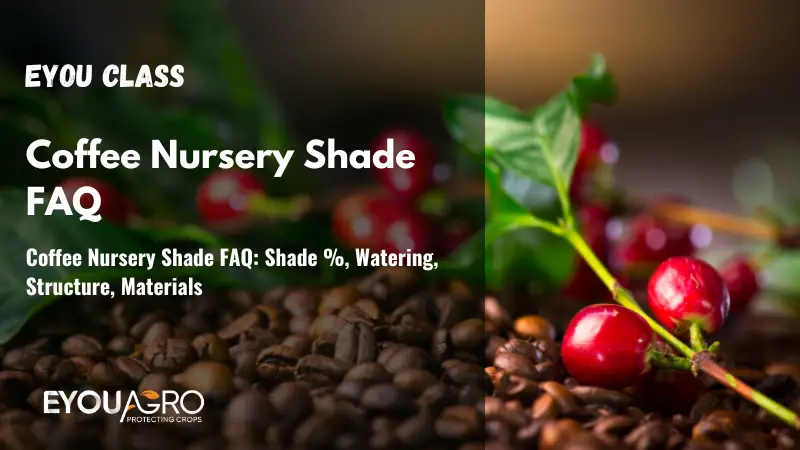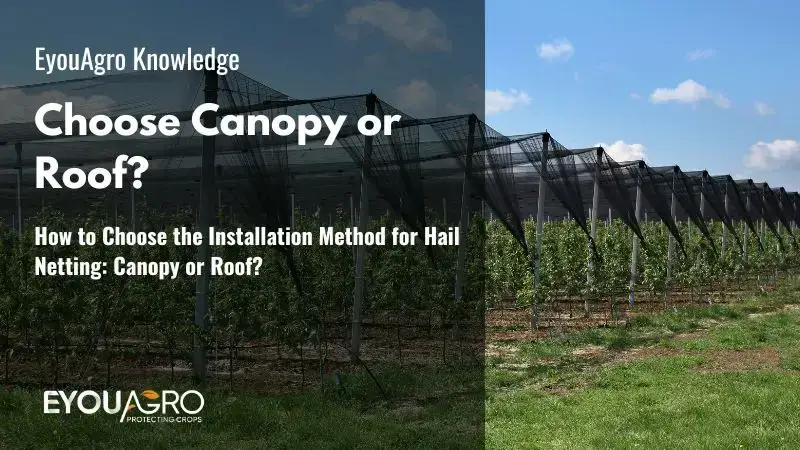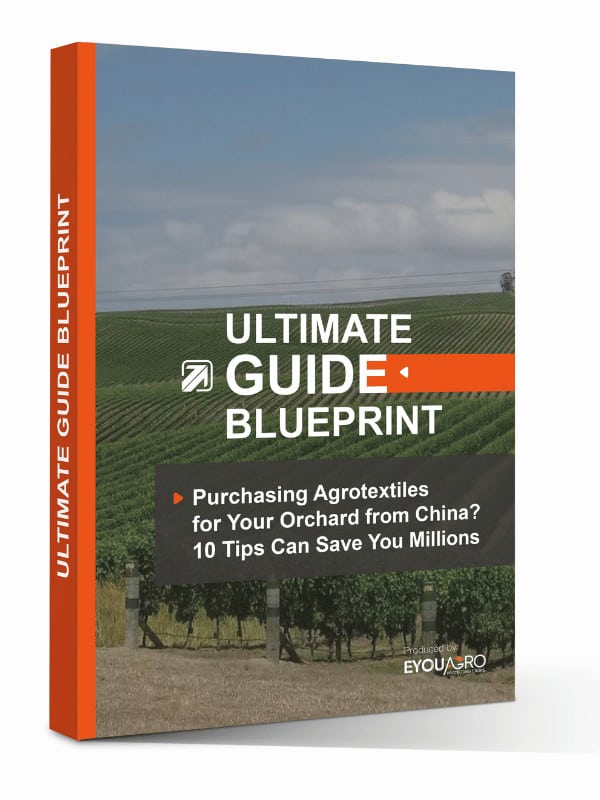In agricultural netting, terms like 3-bar, 6-bar, and 9-bar might initially seem confusing. These terms refer to the density of the net, impacting airflow, shading, and protection levels.
Understanding these differences is key to selecting the right netting for your crops’ needs.
How Do 3-Bar, 6-Bar, and 9-Bar Nettings Differ?
Farmers and growers often face a choice between 3-bar, 6-bar, and 9-bar netting, each with different spacing, protection levels, and uses.
Knowing how these options vary helps ensure you choose the proper netting density for your farm’s needs, whether for airflow, shading, or protection.
Answer: Comparing 3-Bar, 6-Bar, and 9-Bar Netting
3-Bar Netting
- Wide Spacing: Divides each inch into three intervals, creating larger gaps between threads.
- High Airflow: Ideal for applications needing high ventilation.
- Minimal Shade: Provides less shading, making it perfect for crops that require more sunlight and air circulation.
6-Bar Netting
- Medium Density: With six intervals per inch, it offers a balanced structure.
- Moderate Shade and Airflow: Provides adequate shading while still allowing air movement.
- Versatile Use: A popular choice for crops needing moderate protection from pests and sunlight without blocking too much light.
9-Bar Netting
- High Density: With nine intervals per inch, this netting provides the smallest gaps between threads.
- Maximum Protection: Ideal for shielding crops from small insects, intense sunlight, and hail.
- Limited Airflow: While it offers great protection, it can restrict ventilation, so it’s better suited for areas where shading is prioritized.
| Netting Type | Spacing | Shade Level | Airflow | Best For |
|---|---|---|---|---|
| 3-Bar Netting | 3 intervals per inch | Minimal shading | High airflow | Crops needing ventilation and sunlight |
| 6-Bar Netting | 6 intervals per inch | Moderate shading | Balanced airflow | Crops needing pest protection and moderate sunlight |
| 9-Bar Netting | 9 intervals per inch | Maximum shading | Limited airflow | Crops needing high protection from pests and sunlight |
Overall, 3-bar netting has the widest gaps and is ideal for crops needing high airflow and less shading. 6-bar netting offers a balanced combination of airflow and shading, making it suitable for crops requiring moderate protection. 9-bar netting, with minor gaps, provides maximum protection from pests and sunlight but limits airflow, making it best for areas prioritizing shading and compact protection netting.
Case Studies
Vineyard Using 3-Bar Netting
A vineyard in California implemented 3-bar netting over its grapevines to optimize airflow and sunlight exposure. The wider spaces allowed air to circulate freely, reducing the risk of fungal diseases caused by excess humidity.
As a result, the vineyard saw a 10% increase in grape quality due to the healthier growing environment.
Apple Orchard Using 9-Bar Netting
An apple orchard in Australia faced frequent hail and pest issues, prompting the owner to invest in 9-bar netting. This dense netting provided the maximum level of protection, shielding the apples from hail and smaller insects.
The orchard reported a 15% reduction in crop loss, proving the value of dense netting for comprehensive protection.
Related Questions
Can 6-Bar Netting Be Used for Shading in Hot Climates?
Yes, 6-bar netting provides moderate shading and airflow, making it suitable for hot climates where crops need sun protection.
It balances shade and air circulation, supporting healthy plant growth.
What Does “Needle” Mean in Netting Terminology?
“Needle” and “bar” are often used interchangeably to describe the same concept. For example, “3-needle” netting is the same as “3-bar” netting, referring to the number of intervals within each inch.
Conclusion
Choosing the right netting—3-bar, 6-bar, or 9-bar—depends on your crops’ protection, airflow, and shading needs. 3-bar netting is ideal for maximum airflow, 6-bar offers a balanced option, and 9-bar provides dense protection.
Choose the Right Netting Strength for Your Farm’s Needs!
Understanding the differences between 3-bar, 6-bar, and 9-bar netting is essential to selecting your crops’ optimal strength and durability.
At EyouAgro, we provide a range of netting options designed to handle various environmental challenges, from light protection to heavy-duty defense.
Need help deciding which netting is best for you?
Contact us today for personalized guidance and find the perfect netting strength to protect your crops.
